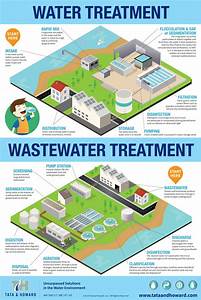Wastewater Treatment for useful purposes
Water is wasted through various means. Wastewater from flushing the toilet, bathing, washing sinks and general cleaning goes down the drain through a pipe, which joins a larger sewage line beneath the road. This, in turn, joins a major sewage tank that leads to the treatment center.
There are several ways to segregate and the following steps are given below for better understanding of how wastewater is treated.
Segregation of rubbish items
Segregation should be done first in the wastewater treatment process. Segregation separates solid objects like, papers, napkins, sanitary items, cotton buds, broken bottles, bottle lids, plastics and food waste that may block the sewage or damage the pipeline. It requires a special effort to separate the grit that is washed into the sewer.
Segregation of human waste
In this step the human waste is separated from the wastewater. This is done by putting the wastewater into large multipurpose tanks in order to allow the solid stuff to sink to the bottom of the tank. The solids at the bottom of the tank are called grease. Large scrubbers scrub these tanks and the silt is pushed towards the center where it is pumped away for further treatment. The left over water is then moved to the Secondary treatment plant for further process.
Segregation of impure water and grease
This stage involves putting water into large vertical tanks. Here the grease, which escaped scrapping in the previous stage, is cleaned, bacteria are removed, and the water is pumped further to the final cleaning.
Segregation of pure and impure water
finally, the nearly treated wastewater is passed through a separate tank. Here, more silt is formed at the bottom of the tank due to the settlement of bacteria. Again, the silt is removed and collected for treatment. The water at this stage is almost free from bacteria and chemicals. The water flows through a clean pipe where it is filtered through a filter to remove any remaining particles.
The outcome is pure and drinkable water, which is released into ponds and rivers or used for drinking purposes.




